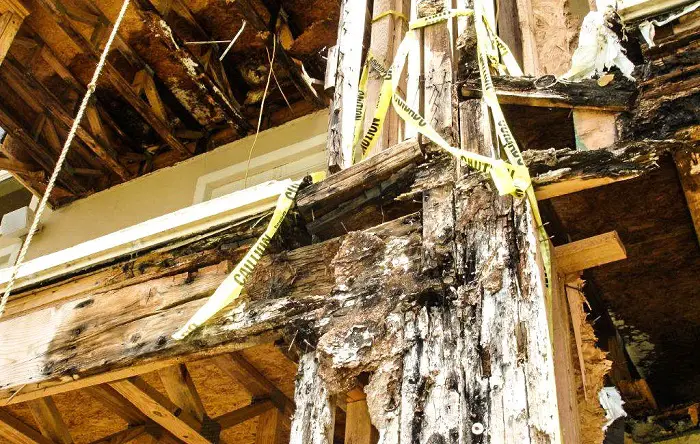Construction defect involves the premature failure of any building component or system. One of the more frequent types of construction defect claims is water disturbance. This is likely to occur from roof leaks, windows, cladding systems and balconies. Other claims could come as a result from deterioration of pipes, plumbing or other building materials.
Management responsibility
Contractors must make sure material, equipment and services comply with the recommended specifications. Building code requirements and compatibility of products should take priority as well. Inspect material on delivery, and store it properly. Contractors have to undergo a qualification test to determine their mastery of the work. This also applies to the sub-contractors brought in on the project. Review your contract after receipt. This is to verify the signature and date.
Also read: Top 10 tips for construction procurement for development projects
Documentation
When allegations of construction defect are made, documents may help investigators understand what happened and why. The said documents could thus come in handy in the exoneration of your company. However, lack of the necessary documentation can pose a serious risk to the construction company. Contractors must have access to important construction documents.
Inspection
All installations in the project should undergo inspection, according to the manufacturer’s standard. Employees should know to bring questionable installations or work that covers up defects to the attention of their supervisor. Forms that are used to address installation tasks should tailored for that specific task. These inspections should take place before the onset of the work, during installation and upon completion. The inspection also applies in case of any changes and when warranties expire.


A cousin of mine brought up construction defects in law the other day. It may help her to know that there needs to be documentation of the defects in question. This way you can make sure that you avoid serious risk.